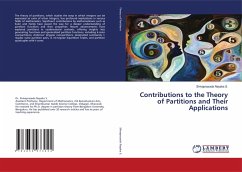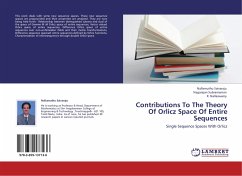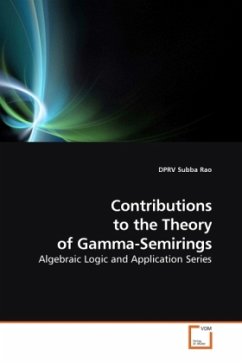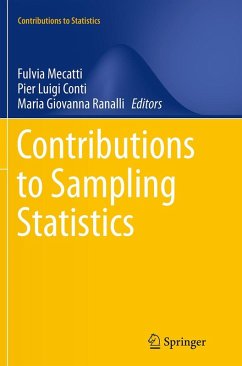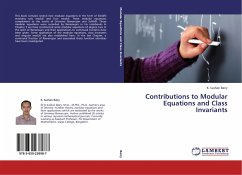
Contributions to the Minimum Linear Arrangement Problem
On a Binary Distance Model for the Minimum Linear Arrangement Problem
Versandkostenfrei!
Versandfertig in 6-10 Tagen
46,99 €
inkl. MwSt.

PAYBACK Punkte
23 °P sammeln!
The Minimum Linear Arrangement problem consists in finding an ordering of the nodes of a weighted graph, such that the sum of the weighted edge lengths is minimized. We report on the usefulness of a new model within a branch-and-cut-and-price algorithm for solving Minimum Linear Arrangement problems to optimality. The key idea is to introduce binary variables d_{ijk}, that are equal to 1 if nodes i and j have distance k in the permutation. We present formulations for complete and for sparse graphs and explain the realization of a branch-and-cut-and-price algorithm. Furthermore, its different s...
The Minimum Linear Arrangement problem consists in finding an ordering of the nodes of a weighted graph, such that the sum of the weighted edge lengths is minimized. We report on the usefulness of a new model within a branch-and-cut-and-price algorithm for solving Minimum Linear Arrangement problems to optimality. The key idea is to introduce binary variables d_{ijk}, that are equal to 1 if nodes i and j have distance k in the permutation. We present formulations for complete and for sparse graphs and explain the realization of a branch-and-cut-and-price algorithm. Furthermore, its different settings are discussed and evaluated. To the study of the theoretical aspects concerning the Minimum Linear Arrangement problem, we contribute a characterization of a relaxation of the corresponding polyeder.




